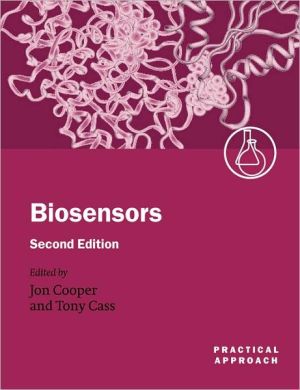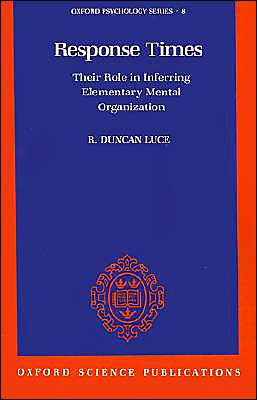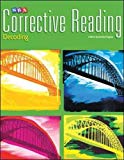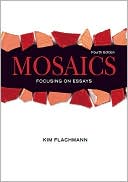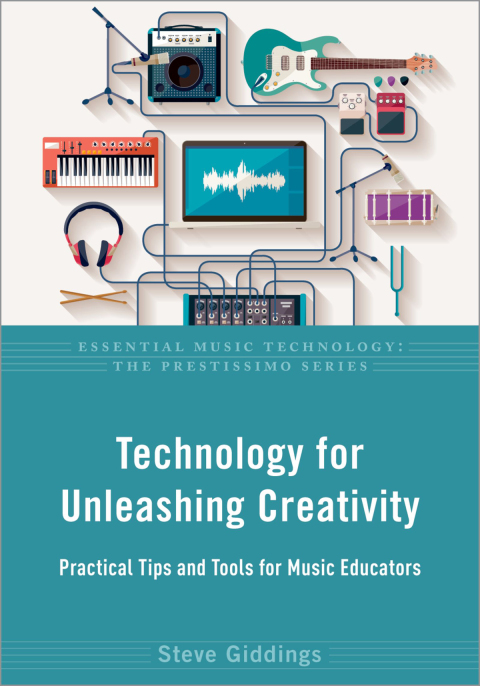Biosensors (Practical Approach Series)
over The Past 20 Years, The Field Of Biosensor Research Has Had A Significant Impact In Both Laboratory Research And The Commercial Sector. Over That Period, Biosensors Have Revolutionized The Care And Management Of Diabetes And Have Had Important Impacts In Several Other Areas Of Clinical Diagnostics. Europe, North America And Asia-pacific Have All Seen The Rise Of Small And Medium Sized Companies Seeking Technical And Application Niches In The Manufacture Or Use Of Biosensors. The Current Activity In Both Gene And Protein 'biochips' Can Be Seen As The Latest Set Of Tools That Allow Users Who Are Not Analytical Science Practitioners To Make Technically Complex And Reliable Biological Weapons And The Need For Their Rapid And Reliable Detection Will Need To Be Met By Devices That Have Many Characteristics In Common With Biosensors.
this Book Provides A Practical Introduction To The Many Skills Needed In The Highly Interdisciplinary Field Of Biosensor Technology. Edited By Two Internationally Renowned Experts In This Field, It Draws Together Contributions From Active Researchers In Europe, North America And Asia Who Describe How To Implement Techniques As Diverse As Protein Engineering, Optical And Electrochemical Instrumentation, Single Cell Electrophysiology, Screen Printing And Numerical Modelling In The Context Of Producing Biosensors For Both Laboratory And Commercial Applications. As Well As The Many Detailed Protocols And Experimental Tips, The Book Also Offers An Overview Of Current Research In This Area As Well As Pointers To Its Further Directions. The Diversity Of Topics Covered Means That It Will Be Suitable Both For Those Already Active In The Area Who Wish To Expand Their Repertoire Of Experimental Tools And For Those Who Are Just Starting Out In Biosensors Research.
doody Review Services
reviewer:eugene A Davidson, Phd(georgetown University School Of Medicine)
description:this Is The Second Edition (previous One Published In 1990) Of A Volume On Biosensors. New Developments Clearly Justify This Update.
purpose:the Intent Of This Book Is To Provide Current Information On Biosensors Together With A Compilation Of Protocols. The Need For Effective Biosensors Is Clear And Hence This Is A Worthwhile Goal. Some Key Issues Do Not Receive Adepuate Attention So That Not All Of The Book's Objectives Are Realized.
audience:this Is A Volume With Laboratory Protocols; Hence, Is Aimed At Graduate Students, Research Fellows And Investigators. The Material Covered In The Book Is Appropriate For That Group. The Editors Have Assembled A Qualified Set Of Authors.
features:the Second Edition Of A Volume Devoted To Biosensors Provides Updated Material In This Important Area. The Recent Incidents Involving Anthrax And The Background Potential For The Use Of Bioterrorism Underscores The Importance Of This Area. This Book Contains Several Chapters Devoted To Aspects Of Biosensors, Including Discussions Of Electrode Design, Fiber-optic Applications (both Luminescence And Fluorescence), Ion Channels And Protein Engineering To Search For New Sensors. Admittedly, The Field Is Very Broad With Applications In Areas As Diverse As Agriculture, Medical Diagnostics, Water Supply Monitoring And Threat Organism Detection. The Editors Omit An Analysis Of Limitations On Devices As Well As Requirements Of Those Devices In The Context Of Their Potential Application. An Example Of The Latter Is The Permissible Level Of False Positives In A Device Where A Positive Signal Might Shut Down An Airport. The Challenges In This Arena Are Very Complex And While Some Selected Areas Receive Useful Coverage, The Overall Utility Of A Given Approach Within The Landscape Of Sensing Needs Is Not Adequately Covered. In Addition, There Are Several New Methods (primarily Optical Techniques Derived From Those Used In The Biacore Instrument, For Example) That Are Not Mentioned. The Results From This Uneven Coverage Is A Volume That Is Current But With Limited Utility.
assessment:this Book Is Of Limited Utility Especially In The Area Of Practical Applications And Their Requirements. Protein Engineering Is Far From Well Defined And The Methods Described Essentially Represent Fishing Expeditions. The Area Needs Coverage But A More Defined Volume Is Needed.
| Name in long format: | Biosensors (Practical Approach Series) |
|---|---|
| ISBN-10: | 0199638454 |
| ISBN-13: | 9780199638451 |
| Book pages: | 268 |
| Book language: | en |
| Edition: | 2 |
| Binding: | Paperback |
| Publisher: | Oxford University Press |
| Dimensions: | Height: 7.4 Inches, Length: 9.6 Inches, Weight: 1.3668660244 Pounds, Width: 0.7 Inches |

